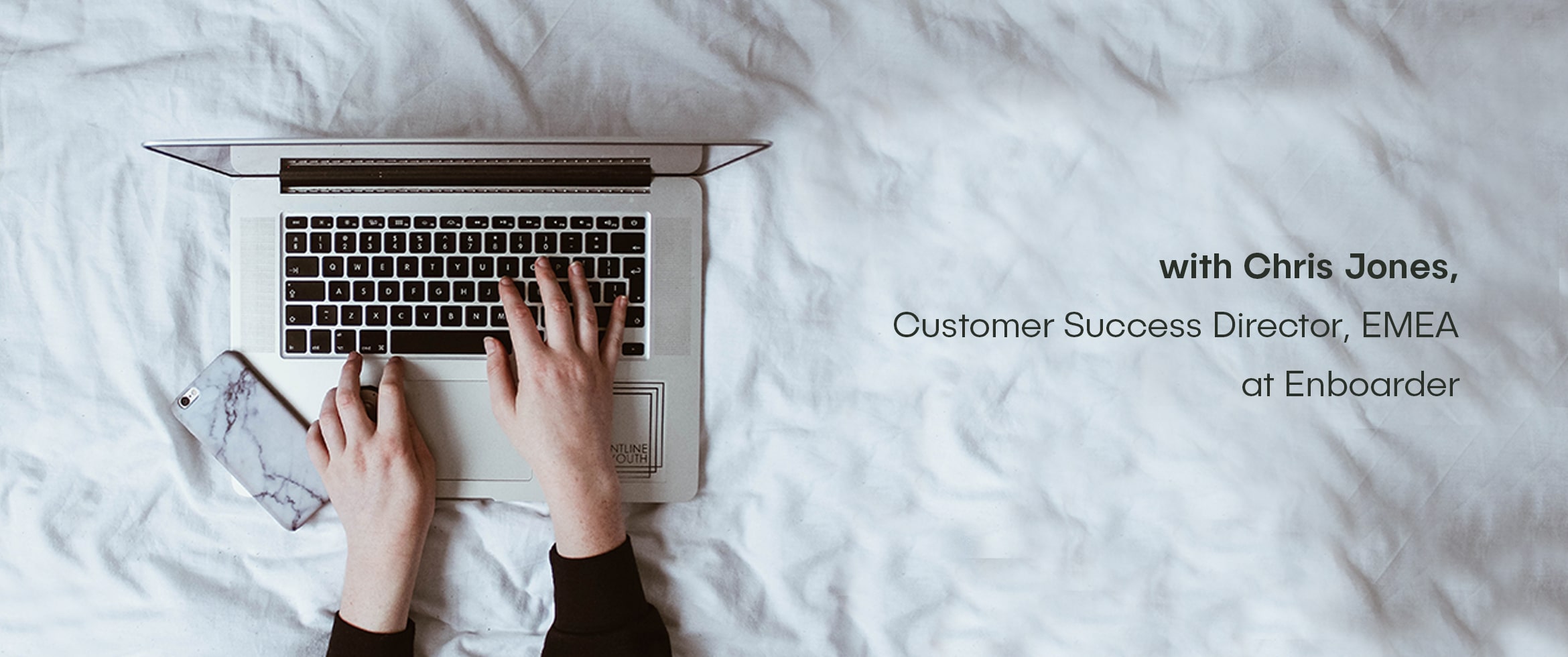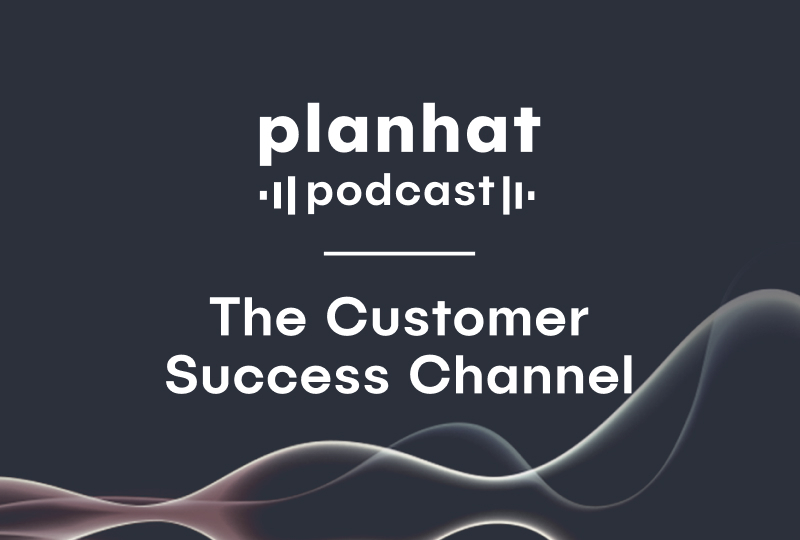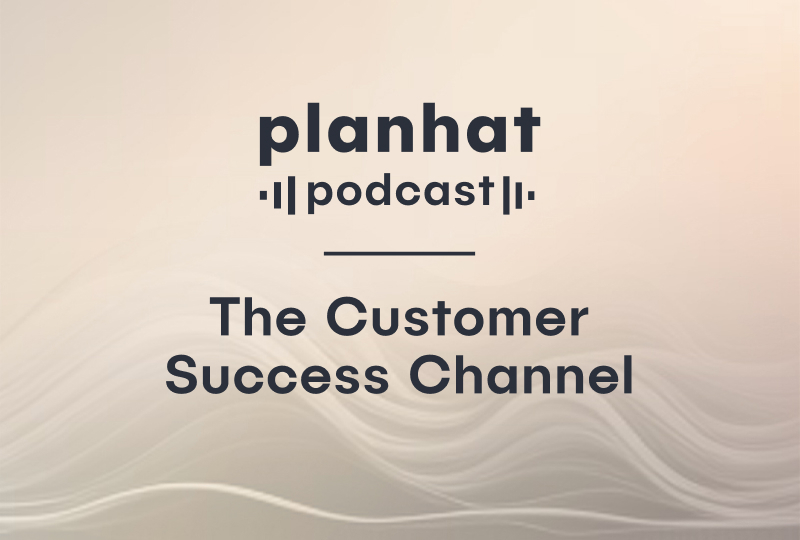2020-09-02

Remote Customer Onboarding

5 min read
The world we live in is changing day to day and so is Customer Success. Due to the ongoing pandemic, businesses are continuing to adapt and change, and how we interact with our customers is also adapting and changing. Over the last 4 months, tech companies have started to onboard new customers remotely. For some companies this is something that has never been done before, and for others it has been a natural transition. But now after months of remote onboarding, is your method working? Are you able to keep your customers engaged? And can you deliver a successful onboarding experience remotely?
In this episode our host Anika Zubair chats with Chris Jones, Director of Customer Success at Enboarder, an experience driven onboarding platform, about remote customer onboarding. Chris has worked in Customer Success for 6 years, having worked with both small to medium sized businesses, through to global corporations rolling out SaaS solutions. Chris has been involved in developing a Customer Success team at LinkedIn, as well as building and growing a team in the fast growing startup that is Enboarder.
Originally from Australia, Chris moved to London with the opportunity to start the EMEA Customer Success team at Enboarder. Customer Success emerged for him during his time at Linkedin where he was involved in creating the first small to medium business Customer Success function. Linkedin usually focused on enterprise companies, so for smaller customers it meant support via online help which was very reactive. His time at Linkedin enabled him to see some great ways that worked and others that failed and after a few years a previous mentor reached out for him to join a new startup, Enboarder.
As the current economic situation has forced many to switch to remote working, this meant adapting the processes of onboarding. This new way of working meant there were significant ways in which they could scale and create more time efficiencies on how to onboard customers. The ability to cut down on the dead time, like travel time between meetings, meant it was more efficient when booking in a meeting, especially with more senior members. The cost of traveling to meetings has also been reduced.
One of the key elements to remote onboarding is setting an agenda. It's important to set the why. Why are they invited to the meeting? Explain the benefits of joining the meeting and the roles each member is to play. Having a strong agenda helps get senior members on the call.
You can't recreate what you were doing before with face to face meetings, they just don't work online, neither do all day workshops. You need to get new tools and adapt the process to make sure that you get the same outcomes and engagement from the stakeholders in the process.
Chris’s top tip in remote onboarding is to adapt. Previously they would hold half and full day sessions, whereas the change to online workshops meant a 4 hour session was not fun for the host or the participants and the engagement was low. So, they changed and broke down the sessions over a longer period of time, running sessions that were 90 minutes to 2 hours as this proved to be the threshold for the attention span to last. Instead of one day, sessions were held over 2 days or a week, this allows the customers to be more engaged but it meant being more prepared. Providing more pre-work for customers to complete and giving them a head start with different resources which they get in advance.
Another tip is to try and get the participants to have their camera on during the session, this face to face viewing enables more engagement and increases participation.
From a tool perspective, Chris now uses Mural, an online whiteboard. People can sign in before and add notes or jump in with comments and post-it notes during the session, this really encourages participation and engagement. Another tool is Aha slides, which enables you to poll people during the call, encouraging involvement and engagement during the session. Chris also had to change the way they shared the findings from the sessions, rather than the traditional flipchart they made the conscious effort to use Trello or the tools in G-suite.
With so many changes to the actual sessions, the most important element was focusing on the experiences they gave customers. Previously they would celebrate the teams by sending cupcakes, but have now adapted to each member filling out information about their hobbies and interests and sending e-vouchers as a congratulations. This means the rewards are more tailored to the individual and it is still focused on the personalisation experience aspect.
Chris’s top tip is to ensure you continue to evaluate your onboarding process. Processes and tools change, as do your customer expectations. If the customers see the new ways of working and if you're not adapting to the change then you might struggle to keep the engagement. You need to rethink the whole process from planning the workshop, running the workshop and when the customers go live. You need to change the whole process for remote onboarding.
For more tips and advice from Chris on how to remotely onboard your customers, listen to the full Podcast today.
Join our newsletter!
Receive the latest news, updates, and invitations to our events.
Big thanks to Anika, and a cheerful hello to Malin!
A special podcast episode celebrating Anika Zubair's farewell and welcoming Malin Skoglund as our new host.
Customer success is not sales
Our host Anika Zubair chats with Brandon Ramsey, Head of Customer Success at OnsiteIQ about how to make sure customer success is not sales.
Planning for Customer Success in 2024
Our host Anika Zubair chats with Sue Nabeth Moore, Co-Founder of Success Chain about the future of customer success.
Learn more about
Planhat
Drop your email and let us show you our platform!













